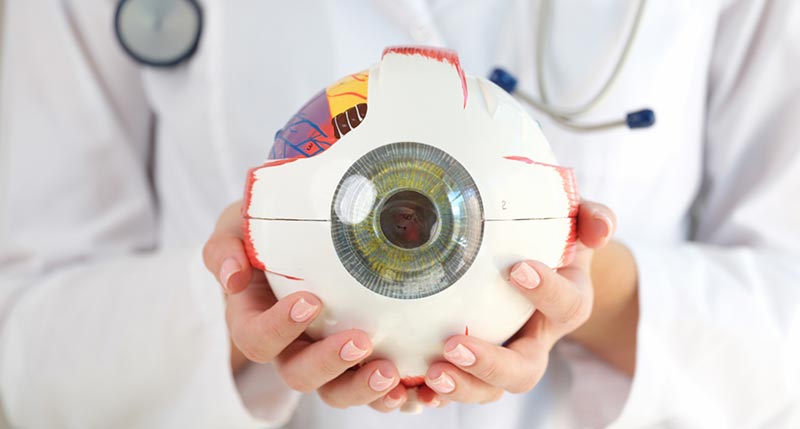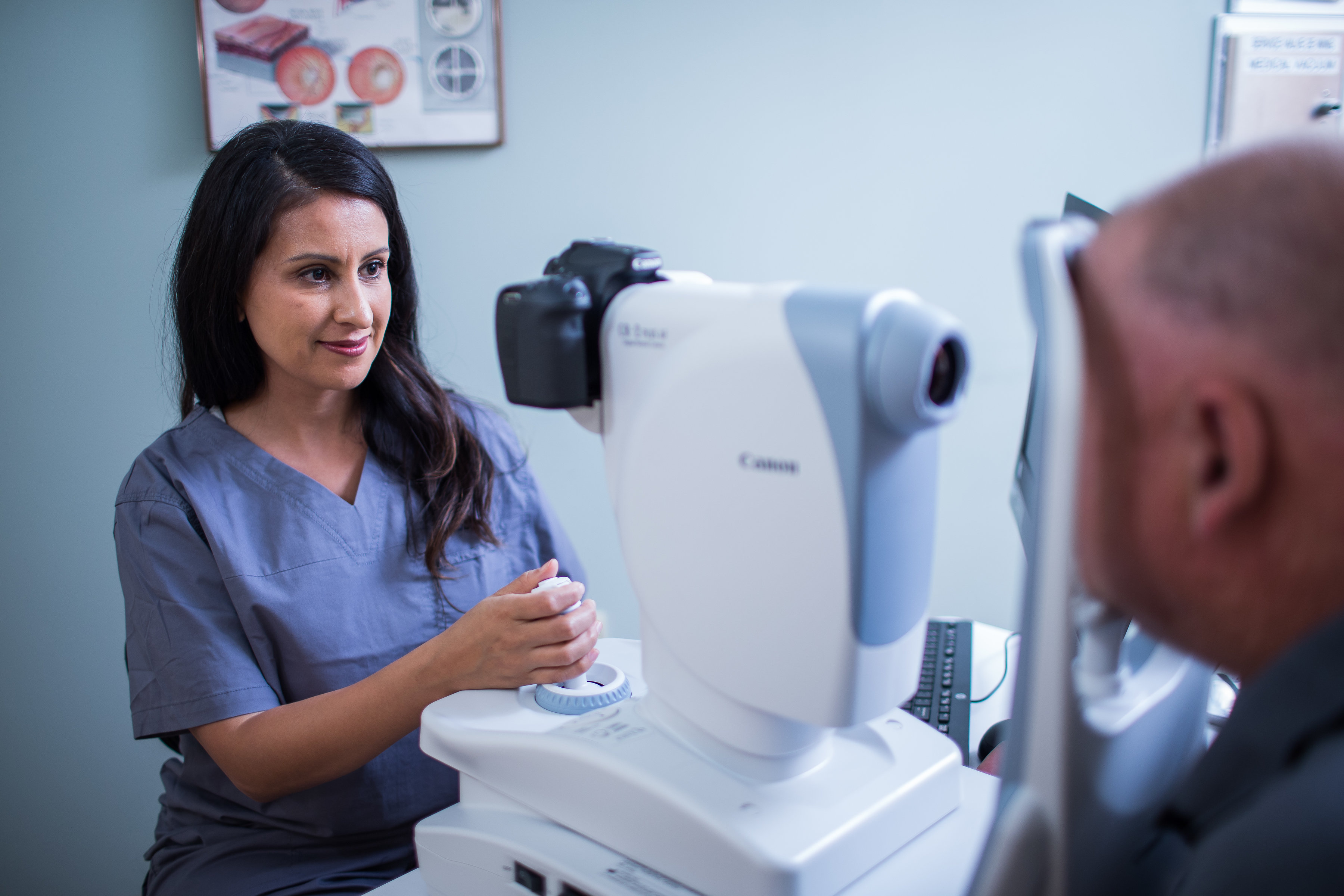Andalusia Pediatrics Clinics: Dedicated Take Care Of Your Child's Health
Andalusia Pediatrics Clinics: Dedicated Take Care Of Your Child's Health
Blog Article
The Pros and Disadvantages of Various Refractive Surgeries for Boosted Eyecare

LASIK Surgical Procedure
LASIK surgical treatment is a generally carried out refractive treatment that aims to correct vision problems such as astigmatism, nearsightedness, and farsightedness. Throughout the treatment, a thin flap is developed on the cornea, and a laser is used to improve the underlying cells, remedying the refractive error.
One of the primary advantages of LASIK surgical treatment is the quick renovation in vision experienced by many people. It is necessary for individuals considering LASIK surgery to undertake a thorough evaluation by an eye treatment expert to determine if they are appropriate prospects for the procedure.
PRK Treatment
The PRK procedure, additionally known as Photorefractive Keratectomy, is a type of refractive surgical procedure that aims to deal with vision concerns similar to LASIK surgery. Unlike LASIK, which entails producing a flap in the cornea, PRK works on the surface layer of the cornea.
One of the advantages of PRK over LASIK is that it gets rid of the threat of flap-related difficulties because no flap is developed during the surgical procedure. This can be useful for people with thin corneas or those entailed in call sporting activities where eye trauma is an opportunity. Nevertheless, the recovery time for PRK is typically longer contrasted to LASIK, as the external layer of the cornea needs time to restore after the treatment. Regardless of the longer recovery duration, PRK can be a suitable option for individuals seeking vision adjustment surgery.
SMILE Surgery
An advanced refractive surgical procedure strategy gaining appeal in the field of ophthalmology is SMILE Surgical treatment. Little Incision Lenticule Removal (SMILE) is a minimally invasive procedure that remedies vision by reshaping the cornea utilizing a femtosecond laser. Unlike traditional LASIK surgery, SMILE Surgery entails developing a tiny cut in the cornea to remove a lenticule, which results in less disturbance to the corneal structure and possibly much faster healing times.
Among the main advantages of SMILE Surgical treatment is its capacity to deal with myopia (nearsightedness) and astigmatism with high accuracy, leading to excellent aesthetic results for people. The minimally invasive nature of the procedure additionally lowers the threat of complications such as completely dry eye syndrome, making it a beneficial choice for individuals looking for refractive surgery.

LASEK Method
Having discovered the advantages and considerations of SMILE Surgical treatment, another significant refractive surgical procedure technique worth analyzing is the LASEK Technique. LASEK, which represents Laser-Assisted Subepithelial Keratectomy, is a type of laser eye surgery that aims to fix refractive mistakes such as nearsightedness (nearsightedness), hyperopia (farsightedness), and astigmatism.
Unlike LASIK, LASEK does not involve developing a corneal flap. Instead, throughout a LASEK treatment, the surgeon makes use of a watered down alcohol option to loosen the thin outer layer of the cornea, understood as the epithelium.
Among the main benefits of LASEK is that it can be appropriate for people with slim corneas who might not be excellent candidates for LASIK. In addition, LASEK usually causes minimal post-operative pain and a quicker healing time contrasted to PRK. The aesthetic healing process with LASEK may be slightly longer than with LASIK.
Implantable Contact Lenses
Implantable Call Lenses provide a lasting vision modification option for individuals looking for an alternative to standard call lenses or glasses. These lenses, likewise referred to as phakic intraocular lenses, are surgically inserted into the eye to correct refractive mistakes such as myopia (nearsightedness), hyperopia (farsightedness), and astigmatism. eye center andalusia. Unlike conventional call lenses that rest on the surface of the eye, implantable get in touch with lenses function within the eye itself, providing clear vision without the demand for everyday upkeep or elimination
Among the vital advantages of implantable call lenses is their permanence. Once put, they can continue to be in the eye forever, providing regular and steady vision improvement. In addition, these lenses can be an outstanding choice for people who are not good candidates for laser eye surgery or who like a reversible vision improvement procedure.
Nevertheless, implantable get in touch with lenses do bring some threats, consisting of the capacity for cataracts or raised eye stress. It is critical for people considering this alternative to consult with an eye care expert to determine if implantable contact lenses are the appropriate option for their particular needs and eye health.
Conclusion
In verdict, each kind of refractive surgery has its own advantages and negative aspects. LASIK surgical procedure is prominent for its quick healing time, while PRK procedure may be appropriate for patients with thin corneas.

On The Whole, SMILE Surgical treatment offers an encouraging alternative for individuals looking to improve their vision through refractive surgical procedure.
Report this page